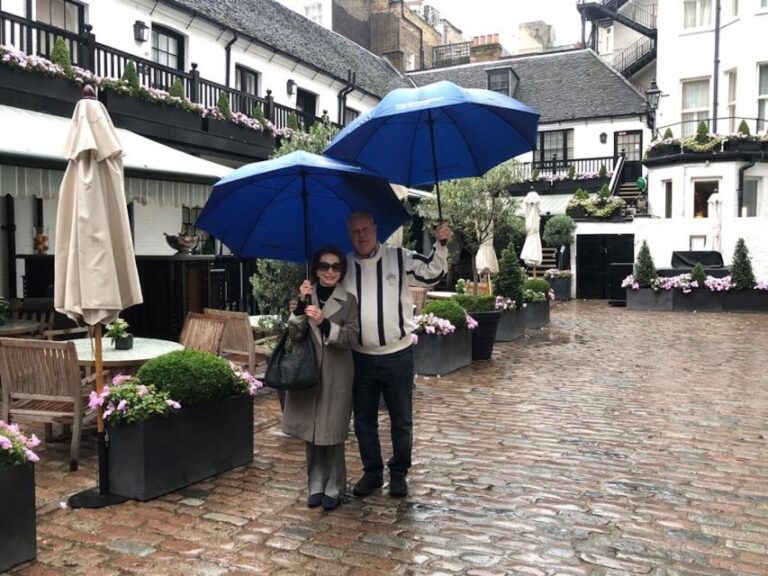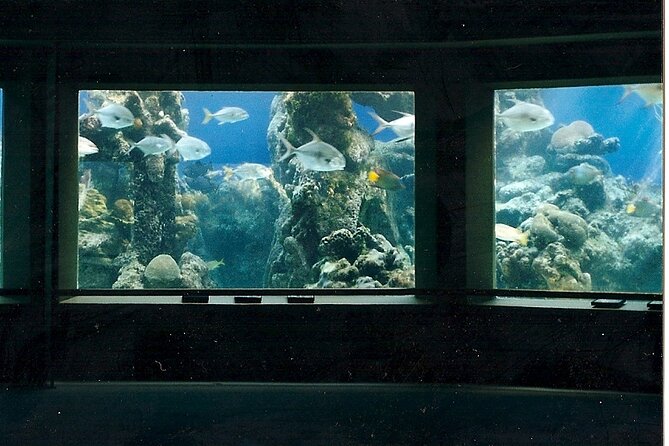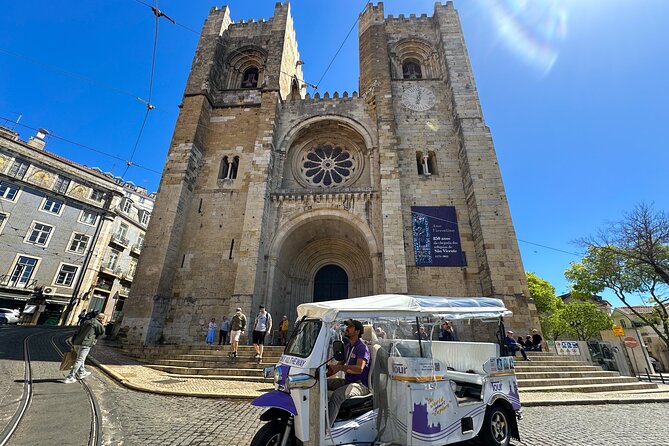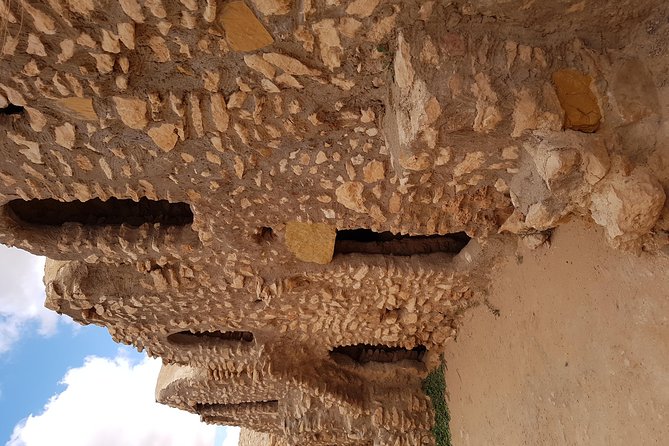Exploring Berlin’s haunting past under Nazi rule offers a powerful and poignant experience. This guided tour takes visitors on a comprehensive journey through the city’s darkest chapter, delving into the complex factors that propelled Hitler’s ascent to power. As participants uncover the grim realities of systematic persecution and the devastation of World War II, they’ll also discover remarkable tales of resistance and resilience. Through this immersive experience, attendees gain a nuanced understanding of Berlin’s tumultuous history and how it has shaped the vibrant, cosmopolitan metropolis it is today. Prepare to confront the shadows of the past and contemplate their lasting impact.
Key Points

- A guided tour in English exploring historical events and landmarks of Berlin during the Nazi era, providing insights into Hitler’s rise and the impact of WWII.
- Visits to key sites like the New Synagogue and Anhalter Banhof train station, which symbolize the persecution of Jews and mass deportations.
- Examination of the economic and social factors that enabled the Nazi party’s consolidation of power, as well as the hotel of the Third Reich.
- Comprehensive understanding of the systematic persecution and targeting of minority groups, particularly the devastating impact on the Jewish community during the Holocaust.
- Commemorates the German resistance movement, highlighting the courage and moral fortitude of individuals and groups who opposed the Nazi regime.
Overview of the Tour
This guided tour of Berlin during the Nazi era offers visitors an in-depth exploration of the historical events and landmarks that defined that tumultuous period.
Participants will explore the rise of Hitler’s power in 1933 and trace the path to the outbreak of World War II, gaining a comprehensive understanding of how this era impacted Germany and the world.
The tour will take guests to key sites like the New Synagogue in the Jewish Quarter and the ruins of the Anhalter Banhof train station, providing a firsthand glimpse into this dark chapter of history.
Throughout the experience, the professional guide will share insights and facilitate deeper learning, ensuring a meaningful and informative journey through Berlin’s Nazi past.
Hitler’s Rise to Power
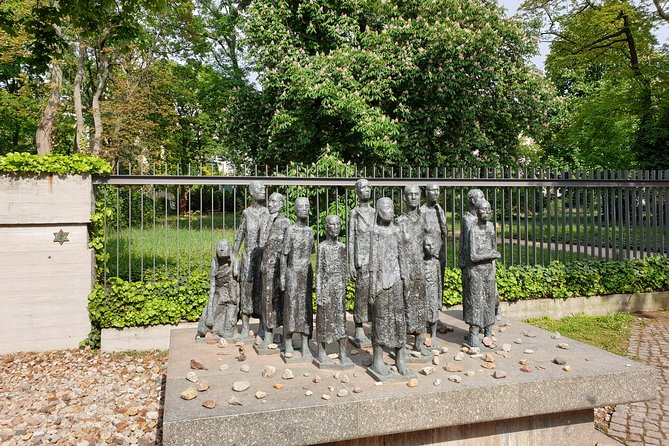
Hitler’s meteoric rise to power in 1933 marked a pivotal shift in Germany’s political landscape. After the economic hardships and social turmoil that followed World War I, the Nazi party’s populist message and Hitler’s charismatic leadership resonated with a disillusioned German public, paving the way for his ascent to the Chancellorship.
Seizing on fears of communism and the Treaty of Versailles, Hitler consolidated his control, abolishing political parties and trade unions and establishing the Third Reich.
This dark chapter in German history would ultimately lead to the outbreak of World War II and the horrors of the Holocaust. On this tour, you’ll explore the key events and landmarks that defined Hitler’s rise and the devastating impact it had on Germany and the world.
Key Landmarks in Berlin

Several key landmarks throughout Berlin provide insight into the city’s tumultuous history during the Nazi era.
The New Synagogue in the former Jewish Quarter stands as a symbol of the persecution and destruction of Berlin’s Jewish community under Hitler’s regime.
The ruins of the Anhalter Banhof train station serve as a poignant reminder of the mass deportations that occurred, sending countless individuals to the horrors of the concentration camps.
The tour also visits the German Resistance Memorial Center, which honors those who bravely opposed the Nazi regime.
These sites offer a powerful and sobering window into Berlin’s past, as visitors can better understand the impact of WWII on the city and its people.
Diving Deep Into Nazi History

The guided tour delves deep into the tumultuous rise and reign of Nazi Germany, offering a comprehensive exploration of the historical factors that enabled Hitler’s ascent to power and the devastating consequences that reverberated across Europe.
Participants learn about the events leading up to World War II, from the economic turmoil and social unrest of the Weimar Republic to the Nazi Party’s consolidation of control.
Visitors will gain a nuanced understanding of how the Nazi regime systematically targeted and persecuted minority groups, with a particular focus on the devastating impact on the Jewish community.
Through in-depth discussions and visits to key landmarks, the tour provides a sobering yet vital insight into one of history’s darkest chapters.
World War II’s Impact on Germany
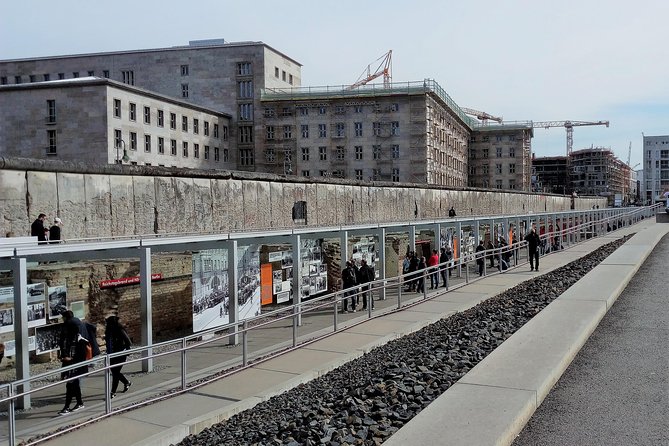
Inevitably, World War II left an indelible mark on Germany, transforming its social, economic, and political landscape in profound ways. The country was left in ruins, its cities decimated, and its population devastated. The aftermath of the war necessitated a fundamental restructuring of Germany’s systems and institutions, as the nation grappled with the immense challenges of reconstruction and rehabilitation. This process was further complicated by the country’s division into East and West, each with its own distinct trajectory in the post-war era.
| Impacts of WWII on Germany | |
|---|---|
| Social | Massive loss of life, displacement of millions, social upheaval |
| Economic | Destruction of infrastructure, disruption of trade, financial strain |
| Political | Denazification, hotel of new governance structures, East-West division |
| Demographic | Significant population losses, shifts in ethnic composition |
German Resistance Memorial Center

What’s the German Resistance Memorial Center?
It commemorates the courageous individuals and groups who opposed the Nazi regime and its atrocities during the darkest chapter of German history.
Located in the heart of Berlin, the center provides a somber and thought-provoking experience for visitors.
Through exhibits, artifacts, and multimedia displays, it sheds light on the various forms of resistance, from clandestine operations to open defiance.
Visitors can learn about key figures like Sophie Scholl and the White Rose movement, as well as lesser-known heroes who risked their lives to resist the Nazi’s tyrannical rule.
The center serves as a powerful reminder of the human capacity for moral courage in the face of overwhelming oppression.
Changing Face of Berlin
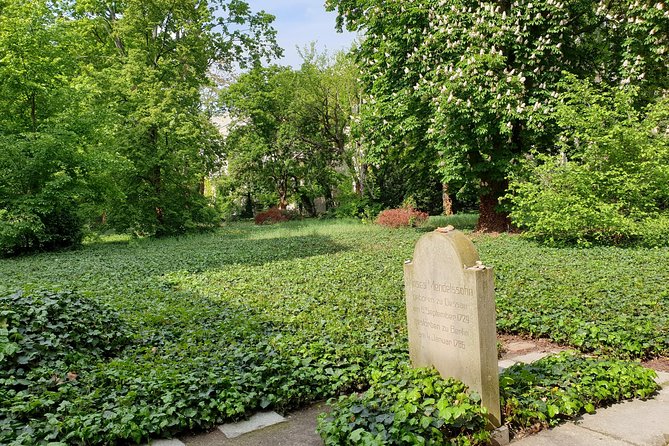
From witnessing the harrowing events of Nazi Germany at the German Resistance Memorial Center, one can’t help but observe how Berlin has profoundly transformed in the decades since the war.
The city that once bore the scars of totalitarianism and conflict has emerged as a vibrant, cosmopolitan hub, where the vestiges of its dark past coexist with a renewed spirit of progress and resilience.
Today, Berlin’s once desolate landscapes have been revitalized, with sleek modern architecture standing alongside historic landmarks that serve as poignant reminders of the city’s complex history.
This evolution reflects Germany’s broader journey of healing and reinvention, as Berlin continues to evolve into a beacon of hope and inspiration for the world.
Booking and Cancellation Details

Booking the tour is a straightforward process, with confirmation received immediately upon reservation. Customers can cancel up to 24 hours before the start time for a full refund, ensuring flexibility in their travel plans.
The tour operates in all weather conditions, making it accessible to visitors regardless of the climate. Plus, the small group size and professional guide provide a personalized and informative experience throughout the Berlin tour.
The tour is wheelchair and stroller accessible, catering to the needs of all visitors. With a focus on the history of Nazi Germany and its impact on the city, the guided tour offers a unique and enlightening perspective on Berlin’s past and its transformation since the war.
Frequently Asked Questions
How Much Walking Is Involved on the Tour?
The tour involves a moderate amount of walking. Guests can expect to walk approximately 1-2 miles during the guided tour, with regular stops at key historical sites. Comfortable shoes are recommended for this tour.
Can the Tour Be Customized for Specific Interests?
Yes, the tour can be customized to focus on specific interests. The guide can provide more in-depth information or spend more time at certain sites based on the group’s preferences.
Is the Tour Suitable for Children Under 12?
The tour may not be suitable for children under 12 as it covers sensitive historical topics related to Nazi Germany. The content could be disturbing for younger audiences. Parents should exercise discretion when booking the tour for families with young children.
Are There Any Audio Guides or Multimedia Elements?
The tour does not include any audio guides or multimedia elements. It is a walking tour led by a professional guide who provides historical commentary and insights throughout the experience.
Can the Tour Be Booked in Multiple Languages?
The tour can be booked in multiple languages. The provider offers guided tours in English, German, French, Spanish, and other languages upon request to accommodate the needs of international visitors.
Recap
The guided tour of Berlin’s Nazi past offers a profound and informative journey through a dark chapter in the city’s history.
Participants gain a deeper understanding of Berlin’s wartime legacy and its ongoing transformation as a vibrant, cosmopolitan hub.
The tour delves into the economic and social factors that enabled the Nazis’ consolidation of control, while also highlighting the courageous acts of resistance against the regime.


